Enter a surname, town name or other keyword to search the database. Remember to
allow for the different spellings of 'Mc' and 'Mac.' Good luck!
{Search tips: Use single word search terms for more results}
You must enter some valid character(s) into the search field
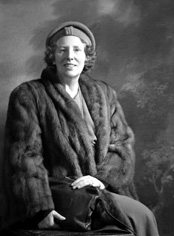
Reference: 42033e
Mrs McGrigor-Phillips a.k.a Do...
|
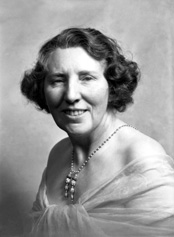
Reference: 42033d
Mrs McGrigor-Phillips a.k.a Do...
|
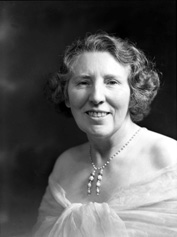
Reference: 42033c
Mrs McGrigor-Phillips a.k.a Do...
|
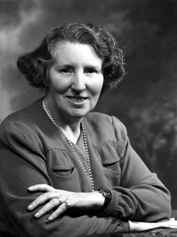
Reference: 42033b
Mrs McGrigor-Phillips a.k.a Do...
|
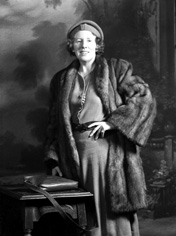
Reference: 42033a
Mrs McGrigor-Phillips a.k.a Do...
|
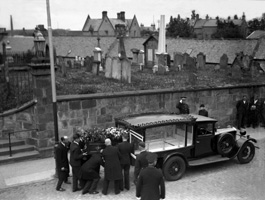
Reference: H-0218
Funeral leaving St. Laurence P...
|
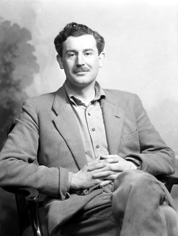
Reference: 40813b
Lord Lovat. Brigadier Simon Ch...
|
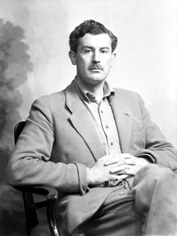
Reference: 40813a
Lord Lovat. Brigadier Simon Ch...
|
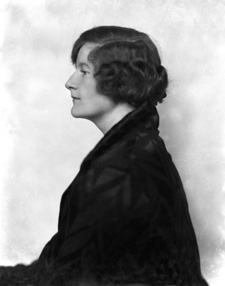
Reference: 25909b
Miss Elsie Sime, Drummond Hill...
|
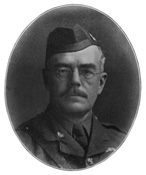
Reference: 27563a
Major Angus Falconer Douglas-H...
|

Reference: 41513h
Miss Mackenzie, Broomhill. ...
|
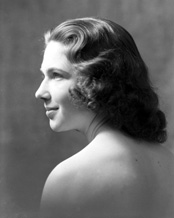
Reference: 41513g
Miss Mackenzie, Broomhill. ...
|